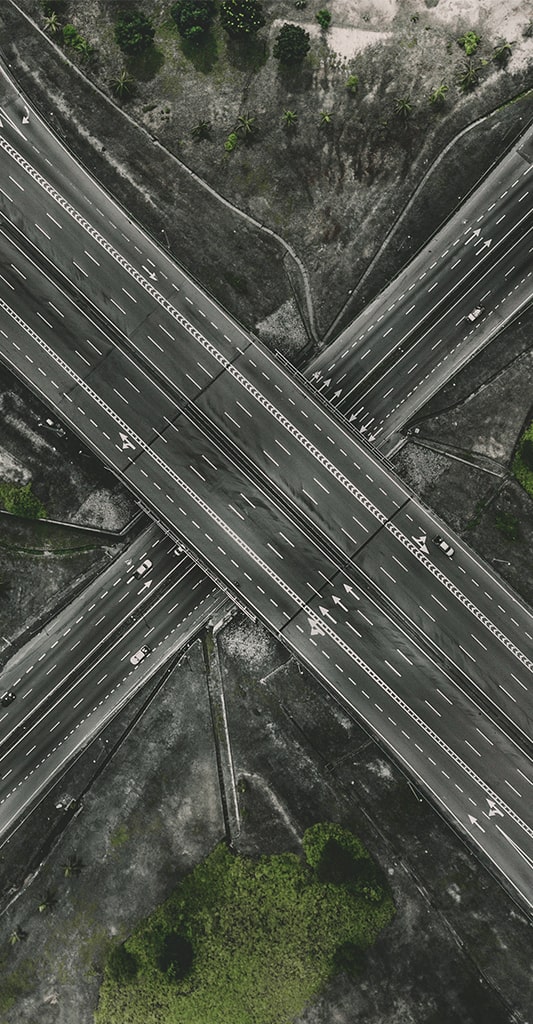
Four
Infrastructure
+ Design
Infrastructure and design both work to make the physical world a better place. Well-designed infrastructure creates swift connections between people, ideas, and resources; good design thinking generates fresh solutions to complex problems by breaching barriers to thought. Good design makes life more functional, more beautiful, more inspiring and more informative.
Some of our best minds in systems and design thinking belong to women. How can we champion more of them to flourish in these fields?
Think of a city; think of your mind. Both are networks.
Both are rich in possibilities from infinite connections. Both thrive when energy and resources move freely. Both struggle when barriers limit options.
The same is true of infrastructure and design. Infrastructure encompasses our built environment, and in particular the logistics networks that transport people, goods and information. The heartbeat of infrastructure is connectivity. Design is how we then enhance the elements of life so that experience is more pleasing and effort is more effective. The essence of design thinking is challenging old mental patterns in order to generate alternate perspectives and new ideas.
When the problem to be solved is building a better world and a system that works for all, what’s the best way to do that? Infrastructure and design are parts of the answer. Infrastructure that works—highways, airports, people-movers, trains, and subways connecting to transport goods and people—gives us greater freedom of movement and access to information, so long as we relinquish old borders and silos. Design gives us greater freedom of thought, provided we can step out of our mental comfort zone.
With their gifts for seeing context and connection, women have so much to contribute here. But they remain under-represented and under-championed in these fields. How will we change that?
-
United Nations UN Population Division World Urbanization Prospects, “68% of the world population projected to live in urban areas by 2050, says UN,” May 16, 2018: https://www.un.org/development/desa/en/news/population/2018-revision-of-world-urbanization-prospects.html.
-
“Urban & Regional Planners: Diversity/Gender,” Data USA: Viz Builder (2018), https://datausa.io/profile/soc/urban-regional-planners#ethnicity
-
Jodi Godfrey and Robert L. Bertini, Ph.D., “Attracting and Retaining Women in the Transportation Industry,” Mineta Transportation Institute, Feb. 2019, p. 3: https://transweb.sjsu.edu/sites/default/files/1893-Godfrey-Attract-Retain-Women-Transportation.pdf.